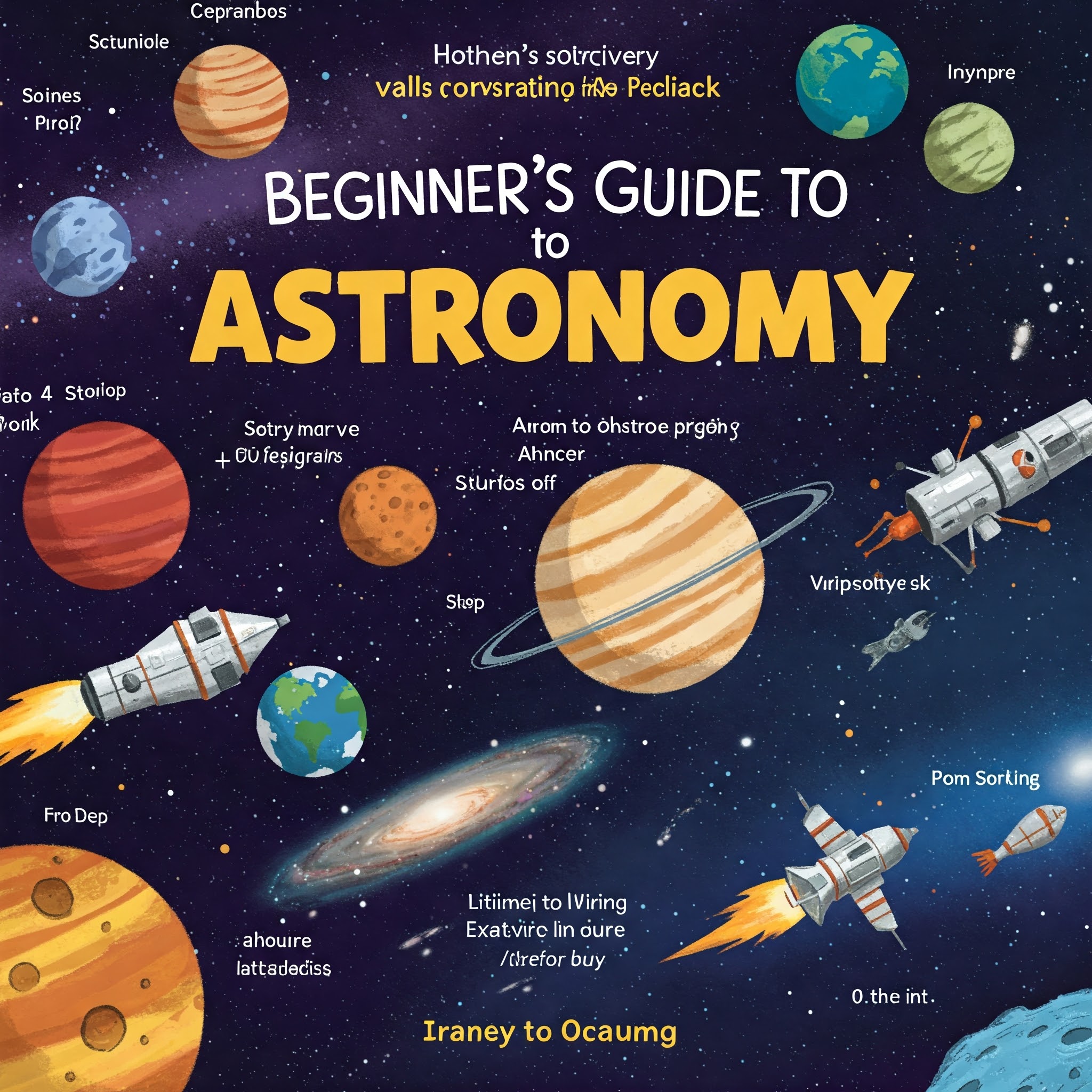🌌 Beginner’s Guide to Astronomy: Discover the Wonders of the Night Sky | Beginner’s Guide to Astronomy
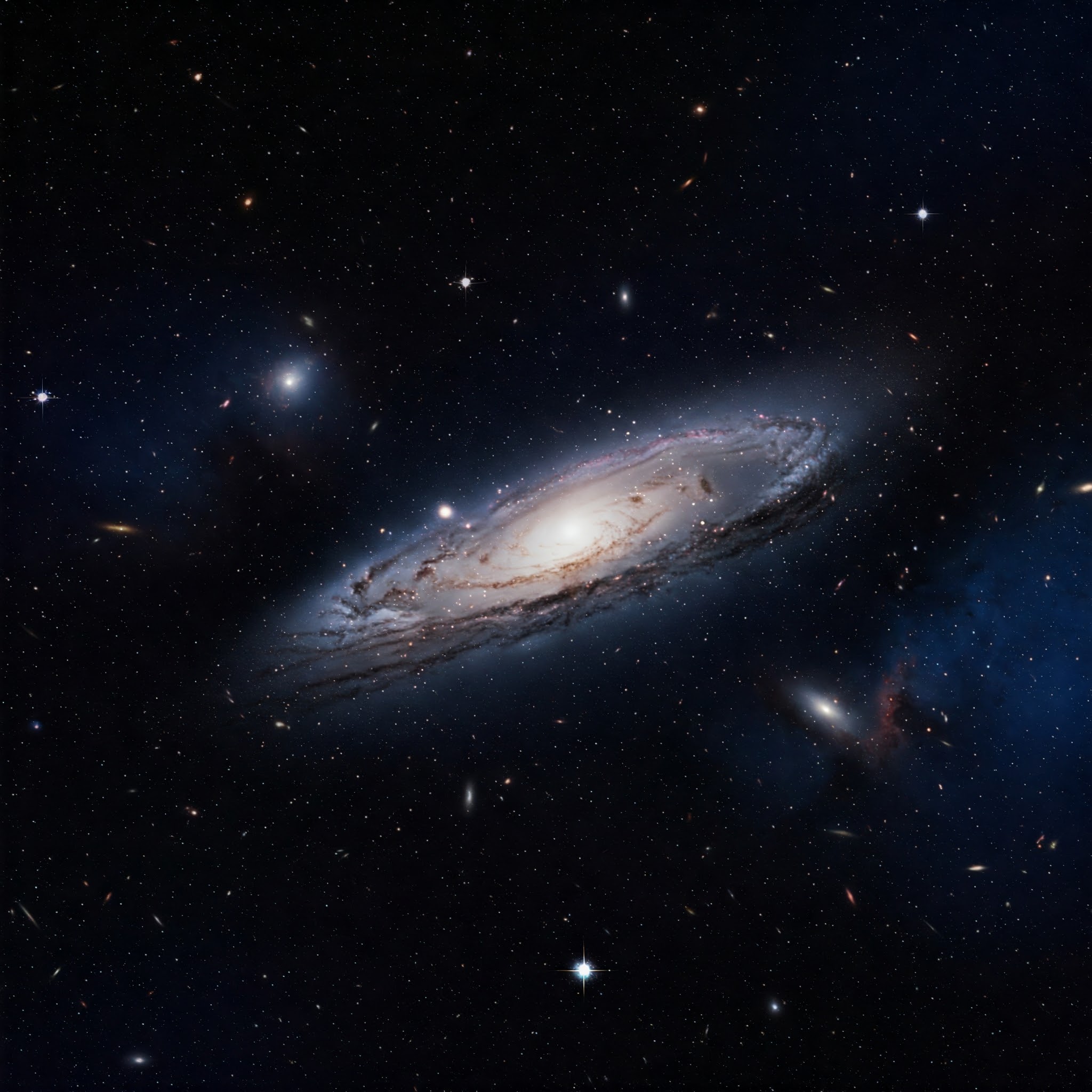
🌠 Introduction: Why Astronomy Captivates Us | Beginner’s Guide to Astronomy
Astronomy—the study of the universe beyond Earth—continues to inspire curiosity, wonder, and discovery. This beginner’s guide will introduce you to the basics, tools, and tips to begin your journey into the cosmos.
🔭 What Is Astronomy | Beginner’s Guide to Astronomy
Astronomy is the scientific study of celestial objects like stars, planets, moons, comets, galaxies, and the cosmic forces that shape them. It’s one of the oldest sciences and the key to understanding where we come from and where we’re going.
-
Start with the Naked Eye
You don’t need a telescope to begin. Learn to recognize: Constellations (e.g., Orion, Ursa Major) The Moon’s phases Visible planets like Venus and Jupiter Meteor showers and satellites Pro Tip: Use apps like SkyView or Stellarium to identify objects in real-time.
-
Use Binoculars Before Telescopes
They're more affordable and easier to handle than telescopes for first-timers.
-
Choose the Right Telescope
If you're ready to upgrade: Refractor telescopes are great for planetary views Reflector telescopes offer deeper space visibility Dobsonian telescopes are powerful yet affordable Always consider portability, budget, and ease of use.
-
Learn the Night Sky
Start with star maps or planetarium software. Divide the sky into sections and learn to locate major constellations and stars like: Sirius (brightest star) Betelgeuse Polaris (North Star)
-
Join Astronomy Communities | Beginner’s Guide to Astronomy
Connect with amateur astronomy groups or online forums. Sharing experiences and asking questions helps you learn faster and stay motivated.
🌌 What Can You See | Beginner’s Guide to Astronomy
With patience and practice, beginners can observe:
The Moon’s surface
Saturn’s rings
Jupiter’s moons
Nebulae and galaxies (like Andromeda)
Eclipses and meteor showers
🎯 Why Astronomy Matters | Beginner’s Guide to Astronomy
Astronomy teaches critical thinking, patience, and a deep appreciation for our place in the universe. It’s also a gateway to careers in space science, astrophysics, and cosmology.
🌟 Stars: The Glowing Giants of the Universe
🌌 Introduction: Why Stars Matter | Beginner’s Guide to Astronomy
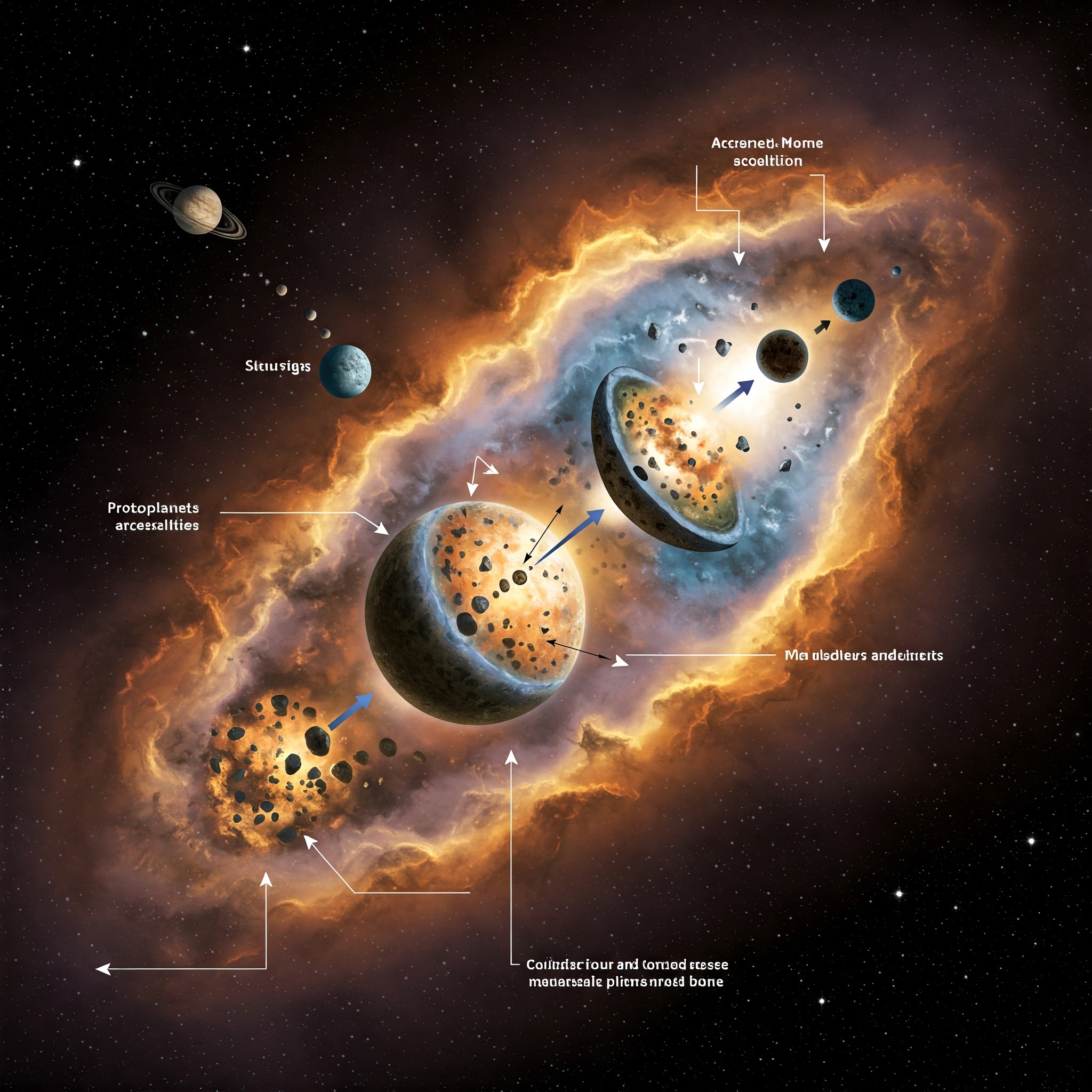
Look up at the night sky, and you’ll see twinkling lights scattered across the darkness—stars, the blazing engines of the universe. These glowing giants are more than just pretty dots; they are the building blocks of galaxies, including our very own Sun.
In this article, we’ll explore what stars are, how they’re formed, and why they’re essential to life and the universe.
🌟 What Is a Star?
A star is a massive, glowing ball of hot gases, primarily hydrogen and helium, held together by gravity and powered by nuclear fusion.
🧪 How Are Stars Formed?
Stars begin in nebulae, which are giant clouds of gas and dust. Over time:
- Gravity pulls particles together.
- The cloud becomes dense and hot.
This process can take millions of years and leads to the formation of stars of different sizes and brightness.
🔭 Types of Stars | Beginner’s Guide to Astronomy
Stars are classified by temperature, size, and color:
- Red Dwarfs – Small, cool, and long-living
- Yellow Stars – Like our Sun, medium heat and size
- Blue Giants – Massive, hot, and very bright
- White Dwarfs – Remains of dead stars
- Neutron Stars & Pulsars – Dense, collapsed stars with extreme gravity
💥 The Life Cycle of a Star
Just like living things, stars are born, live, and die.
- Birth – In a nebula
- Main Sequence – The longest phase where fusion occurs
- Red Giant / Supergiant – The star expands as it ages
- Death – Depending on its size:
- Small stars become white dwarfs
- Large stars explode in a supernova and form neutron stars or black holes
🌍 Why Are Stars Important | Beginner’s Guide to Astronomy
Stars are the furnaces of the universe. They:
- Create energy and heat that supports life on planets like Earth
- Shape the structure of galaxies and solar systems
Without stars, the universe would be cold, dark, and lifeless.
✨ Fun Facts About Stars
- A single spoonful of a neutron star weighs about a billion tons
🌌 Introduction: Why Study Planets and Moons | Beginner’s Guide to Astronomy
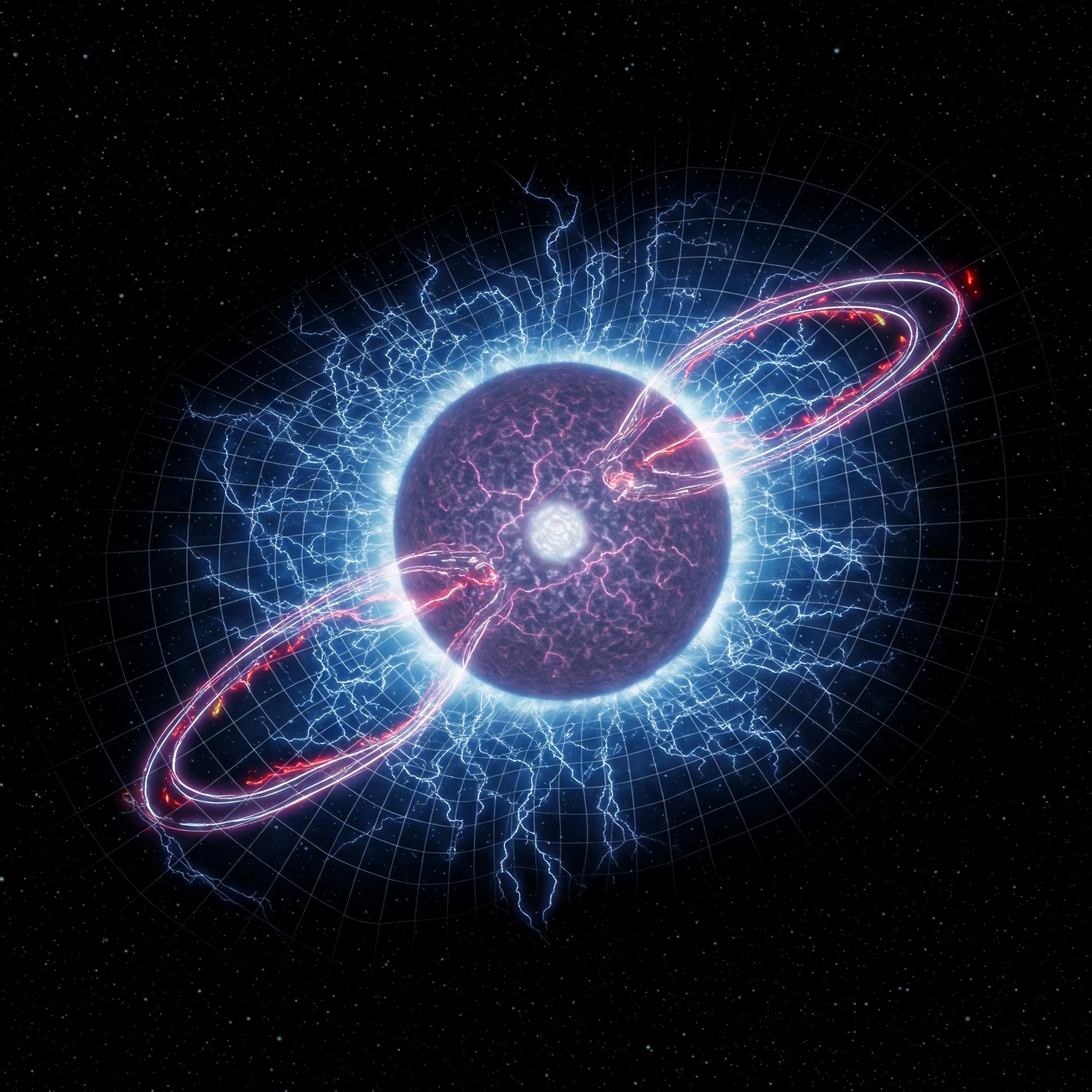
The universe is filled with billions of planets and moons—each with its own story, structure, and science. From Earth’s life-giving environment to Jupiter’s massive storms and Saturn’s icy rings, the diversity of planetary systems is astounding. Whether you’re curious about our solar system or exoplanets light-years away, understanding planets and moons opens the door to some of the greatest discoveries in space science.
🪐 What Is a Planet?
A planet is a large celestial body that:
- Orbits a star (like the Sun)
- Has enough gravity to form a round shape
- Clears its orbital path of other debris
There are eight major planets in our solar system:
- Terrestrial planets: Mercury, Venus, Earth, Mars
- Gas giants: Jupiter, Saturn
- Ice giants: Uranus, Neptune
Each planet has unique characteristics—atmosphere, temperature, surface features, and potential for life.
🌕 What Is a Moon?
A moon, also known as a natural satellite, is a celestial body that orbits a planet. Some are larger than small planets, while others are rocky fragments or ice-covered spheres. Earth’s Moon is just one of over 200 known moons in our solar system.
Famous moons include:
- Europa (Jupiter): May have a subsurface ocean
- Titan (Saturn): Has lakes of liquid methane
- Phobos and Deimos (Mars): Small and irregular
- Luna (Earth): Influences our tides and time cycles
🧪 How Are Planets and Moons Formed | Beginner’s Guide to Astronomy
Both planets and moons are born from protoplanetary disks—the leftover gas and dust from star formation. As gravity pulls these materials together, they collide, merge, and form:
- Planets in stable orbits
- Moons that are either captured or formed alongside their planet
🧭 Key Differences Between Planets and Moons
| Feature | Planet | Moon |
| Orbits | A star | A planet |
| Size | Generally larger | Smaller, but some exceptions |
| Atmosphere | Often present | May or may not have one |
| Light | Reflects sunlight | Reflects light from planet/star |
🚀 Why Are Moons and Planets Important in Space Science | Beginner’s Guide to Astronomy
- Clues to Habitability: Moons like Europa or Enceladus might harbor life
- Understanding Earth: Studying Mars helps us learn about Earth’s past
- Human Exploration: Moons are future stepping stones for space travel
- Solar System Origins: Planetary data help scientists understand the birth of the Sun and planets
🧠 Fun & Fascinating Facts
Jupiter has over 90 moons
- Venus and Mercury have no moons
- Earth’s Moon is slowly drifting away—about 3.8 cm per year
- Some moons have volcanoes, ice geysers, and even magnetic fields
🪐 Introduction: What Is a Galaxy | Beginner’s Guide to Astronomy
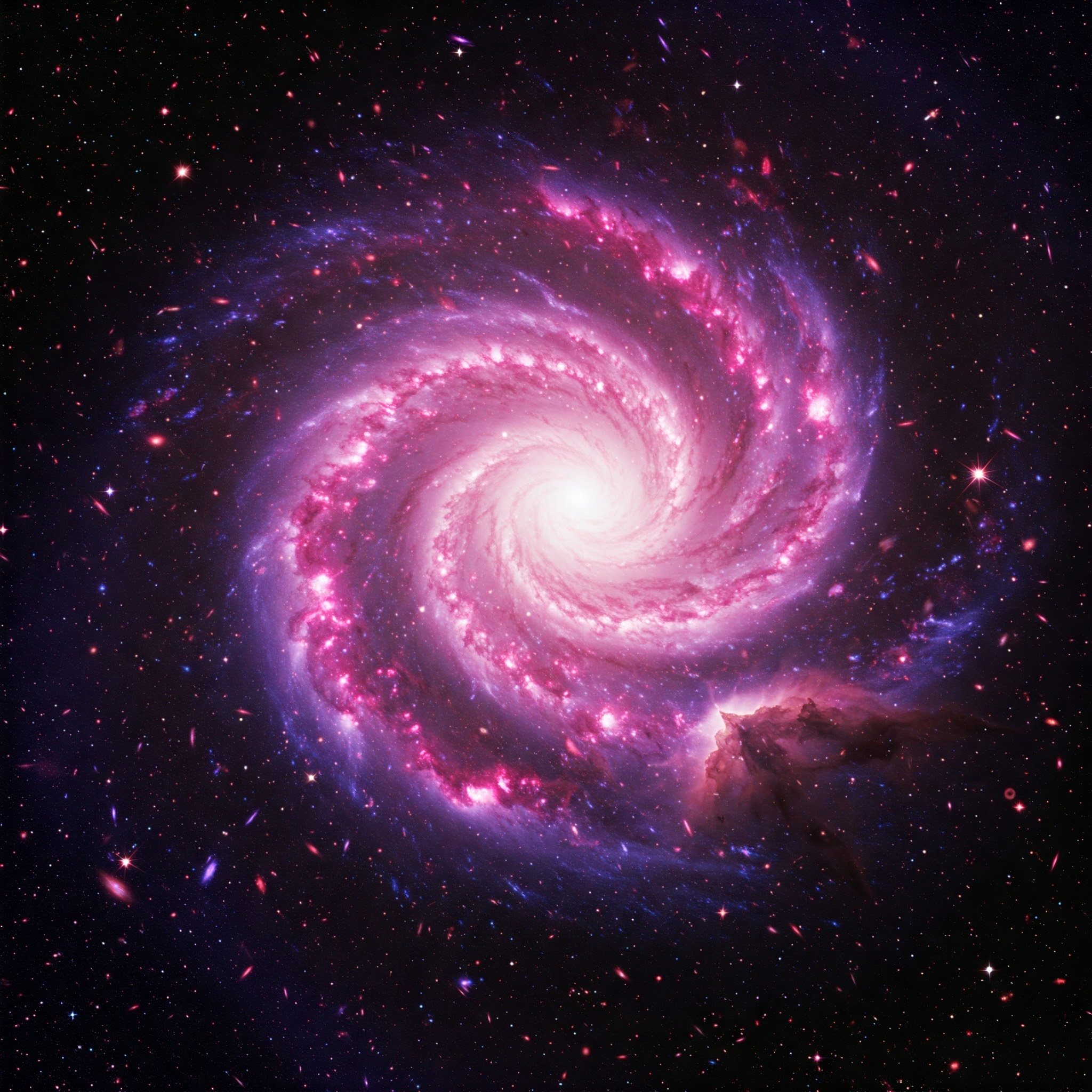
A galaxy is a massive collection of stars, planets, gas, dust, and dark matter held together by gravity. These cosmic cities can contain millions to trillions of stars, along with solar systems, nebulae, and even black holes🔭 How Are Galaxies Formed?
Over billions of years, this matter formed stars and star clusters, which evolved into full-fledged galaxies.
🌠 Types of Galaxies | Beginner’s Guide to Astronomy
Astronomers classify galaxies into four main types:
- Spiral Galaxies – Like the Milky Way, they have rotating arms and a central bulge.
- Elliptical Galaxies – Rounded or oval-shaped, often containing older stars.
- Irregular Galaxies – No defined shape, often formed by collisions.
- Lenticular Galaxies – Disk-like but without spiral arms, a bridge between elliptical and spiral types.
🌌 The Milky Way: Our Home Galaxy | Beginner’s Guide to Astronomy
- Over 100 billion stars
- A supermassive black hole at the center
- A diameter of about 100,000 light-years
Earth is located on the Orion Arm, about 27,000 light-years from the galactic center.
🌌 Interesting Galaxy Facts | Beginner’s Guide to Astronomy
- The largest known galaxy, IC 1101, is over 6 million light-years wide
- Galaxies can collide and merge, forming larger ones
- Most galaxies are part of clusters and superclusters in the cosmic web
🌌 Why Galaxies Matter in Space Science | Beginner’s Guide to Astronomy
Galaxies help scientists understand:
- The evolution of the universe
- Star and planet formation
- The role of dark matter and dark energy
- The origins of black holes and cosmic structures
🌌 Introduction: Space’s Most Extreme Phenomena | Beginner’s Guide to Astronomy
In the vast universe, black holes and neutron stars stand out as two of the most powerful and mysterious objects. Formed in the violent deaths of massive stars, these remnants challenge the limits of physics, space, and time. They’re not just cosmic oddities—they hold the key to understanding gravity, spacetime, and the life cycle of stars.
🕳️ What Is a Black Hole | Beginner’s Guide to Astronomy
A black hole is a region of space where gravity is so intense that nothing—not even light—can escape. It forms when a massive star collapses under its own gravity after a supernova explosion.
🔹 Key Features:
- Event Horizon: The boundary beyond which nothing can escape
- Singularity: The point of infinite density at the center
- Types: Stellar black holes, supermassive black holes, intermediate black holes
🧲 What Is a Neutron Star?
A neutron star is the incredibly dense core left behind after a supernova, from a star not quite massive enough to become a black hole. It’s packed with neutrons and just a few kilometers wide, yet more massive than the Sun.
🔹 Unique Traits:
- Density: A sugar-cube-sized piece would weigh a billion tons
- Pulsars: Neutron stars that emit radio beams as they rotate
- Magnetars: Neutron stars with the strongest magnetic fields in the universe
💥 How Are They Detected?
Astronomers can’t “see” black holes or neutron stars directly. Instead, they observe their effects:
- Gravitational waves from collisions
- X-ray bursts from matter falling in
- Pulsar timing using radio telescopes
- Light bending from gravitational lensing
🧠 Fascinating Facts
- A black hole’s gravity can slow down time and distort space
- Two neutron stars colliding can create gold, platinum, and gravitational waves
- Supermassive black holes sit at the center of most galaxies
- Neutron stars spin incredibly fast—up to 700 times per second
🌌 Why Study Them | Beginner’s Guide to Astronomy
These objects help us understand:
- Extreme physics (general relativity and quantum mechanics)
- The fate of stars
- The structure and evolution of the universe
- The mysterious nature of dark matter and energy
🌌 Introduction: Space’s Most Extreme Phenomena | Beginner’s Guide to Astronomy
In the vast universe, black holes and neutron stars stand out as two of the most powerful and mysterious objects. Formed in the violent deaths of massive stars, these remnants challenge the limits of physics, space, and time. They’re not just cosmic oddities—they hold the key to understanding gravity, spacetime, and the life cycle of stars.
🕳️ What Is a Black Hole | Beginner’s Guide to Astronomy
A black hole is a region of space where gravity is so intense that nothing—not even light—can escape. It forms when a massive star collapses under its own gravity after a supernova explosion.
🔹 Key Features:
- Event Horizon: The boundary beyond which nothing can escape
- Singularity: The point of infinite density at the center
- Types: Stellar black holes, supermassive black holes, intermediate black holes
🧲 What Is a Neutron Star?
A neutron star is the incredibly dense core left behind after a supernova, from a star not quite massive enough to become a black hole. It’s packed with neutrons and just a few kilometers wide, yet more massive than the Sun.
🔹 Unique Traits:
- Density: A sugar-cube-sized piece would weigh a billion tons
- Pulsars: Neutron stars that emit radio beams as they rotate
- Magnetars: Neutron stars with the strongest magnetic fields in the universe
⚖️ Black Hole vs. Neutron Star: What’s the Difference | Beginner’s Guide to Astronomy
| Feature | Black Hole | Neutron Star |
| Escape Possibility | Nothing can escape | Light and radiation can escape |
| Size | Undefined (point-like center) | ~20 km across |
| Formation | From very massive stars | From less massive stars |
| Observable? | Indirect (gravitational lensing, X-rays) | Direct (pulsars, radiation) |
💥 How Are They Detected?
Astronomers can’t “see” black holes or neutron stars directly. Instead, they observe their effects:
- Gravitational waves from collisions
- X-ray bursts from matter falling in
- Pulsar timing using radio telescopes
- Light bending from gravitational lensing
🧠 Fascinating Facts
- A black hole’s gravity can slow down time and distort space
- Two neutron stars colliding can create gold, platinum, and gravitational waves
- Supermassive black holes sit at the center of most galaxies
- Neutron stars spin incredibly fast—up to 700 times per second
🌌 Why Study Them | Beginner’s Guide to Astronomy
These objects help us understand:
- Extreme physics (general relativity and quantum mechanics)
- The fate of stars
- The structure and evolution of the universe
- The mysterious nature of dark matter and energy
🌌 The Universe Itself: An Introduction to Cosmology | Beginner’s Guide to Astronomy
Meta Title: What Is Cosmology? | Understanding the Universe and Its Origins
Meta Description: Dive into the science of cosmology—the study of the universe’s origin, structure, and fate.
🌠 What Is Cosmology | Beginner’s Guide to Astronomy
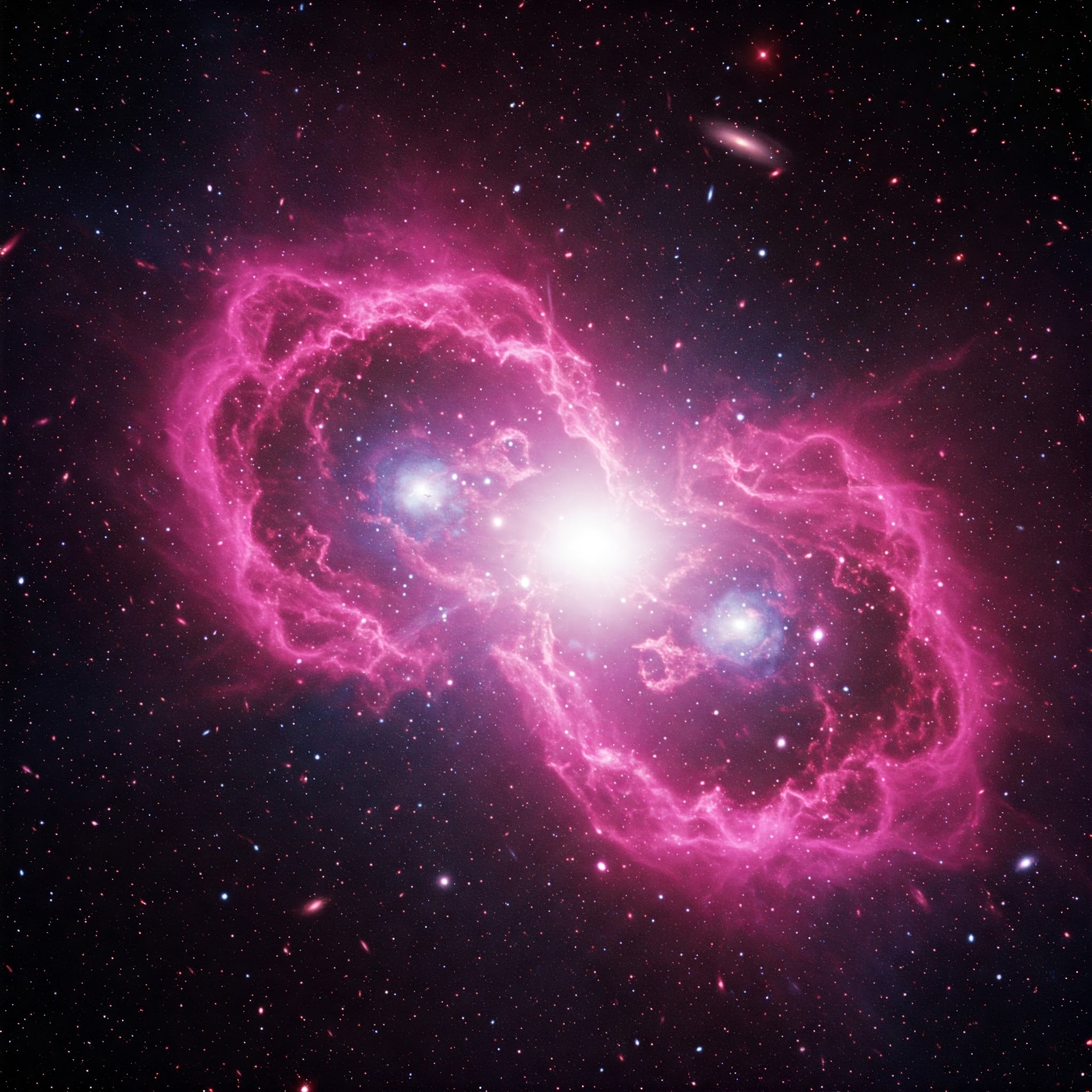
Cosmology is the scientific study of the universe as a whole—its origin, evolution, structure, and ultimate fate. It answers the big questions:
- How did the universe begin?
- What is it made of?
- Is it infinite?
- What happens in the end?
🔭 The Big Bang Theory: How It All Began
Around 13.8 billion years ago, the universe began as a tiny, infinitely hot point and has been expanding ever since.
Evidence supporting the Big Bang:
- Cosmic Microwave Background Radiation (CMB)
- Expansion of galaxies (Redshift)
- Abundance of light elements like hydrogen and helium
💠 What Is the Universe Made Of | Beginner’s Guide to Astronomy
According to modern cosmology, the universe is composed of:
- 5% Normal Matter (stars, planets, galaxies)
- 27% Dark Matter (invisible mass that holds galaxies together)
- 68% Dark Energy (a mysterious force causing accelerated expansion)
Most of the universe is invisible and unexplained—a true scientific mystery.
🌀 Structure of the Universe
The universe is not random—it has structure:
- Galaxies group into clusters and superclusters
- Filaments connect galaxies like a cosmic web
- Voids are vast, empty spaces between structures
Cosmology studies these patterns to understand how matter evolved from the early universe.
⏳ Will the Universe End?
Cosmologists explore several theories:
- Heat Death (Big Freeze): The universe expands forever and cools down
- Big Crunch: Gravity pulls everything back together
- Big Rip: Dark energy tears the universe apart
🧠 Why Is Cosmology Important | Beginner’s Guide to Astronomy
Studying cosmology helps us:
- Understand where we come from
- Learn about the forces that shape reality
- Push the boundaries of physics and time
- Seek answers to the biggest existential questions
